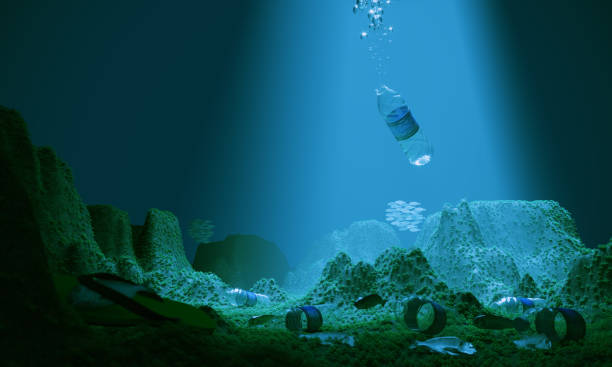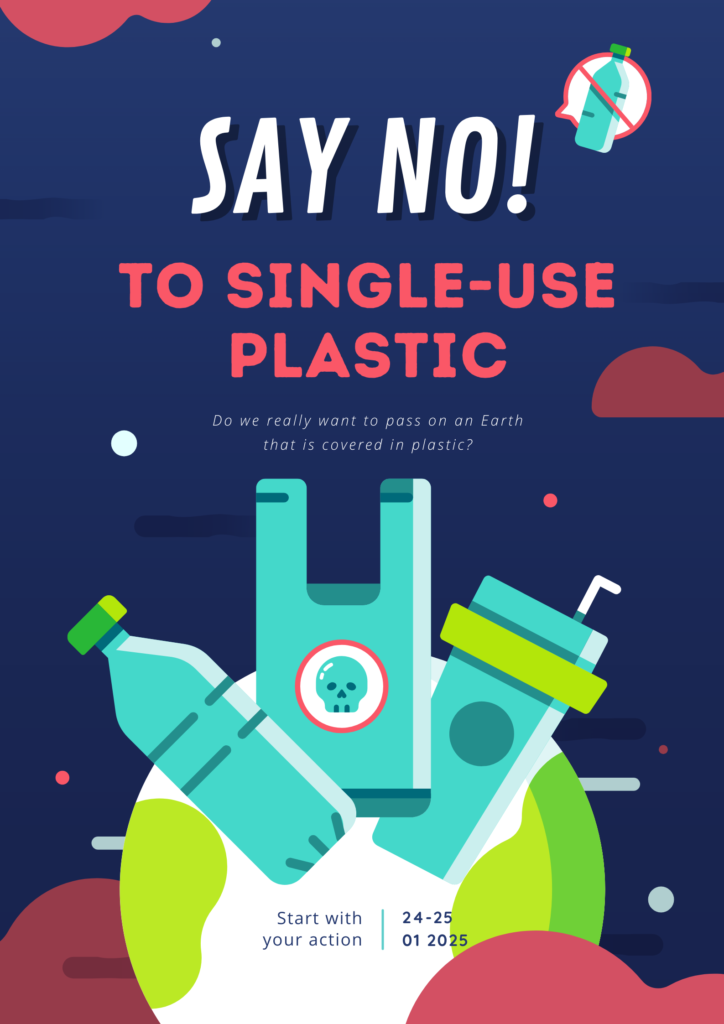Introduction
Microplastics small plastic particles under five millimetres in size have discreetly penetrated our lives and biological systems, raising alerts that are becoming difficult to disregard. These little interlopers, frequently beginning from items we utilize everyday, for example, beauty care products and engineered textures, present critical dangers not exclusively to marine life yet additionally to human wellbeing. With an expected 8 million tons of plastic entering our seas every year, the sheer extent of this issue is faltering. Microplastic issue is one of the most biggest issue of world. https://theplasticproblem.com/
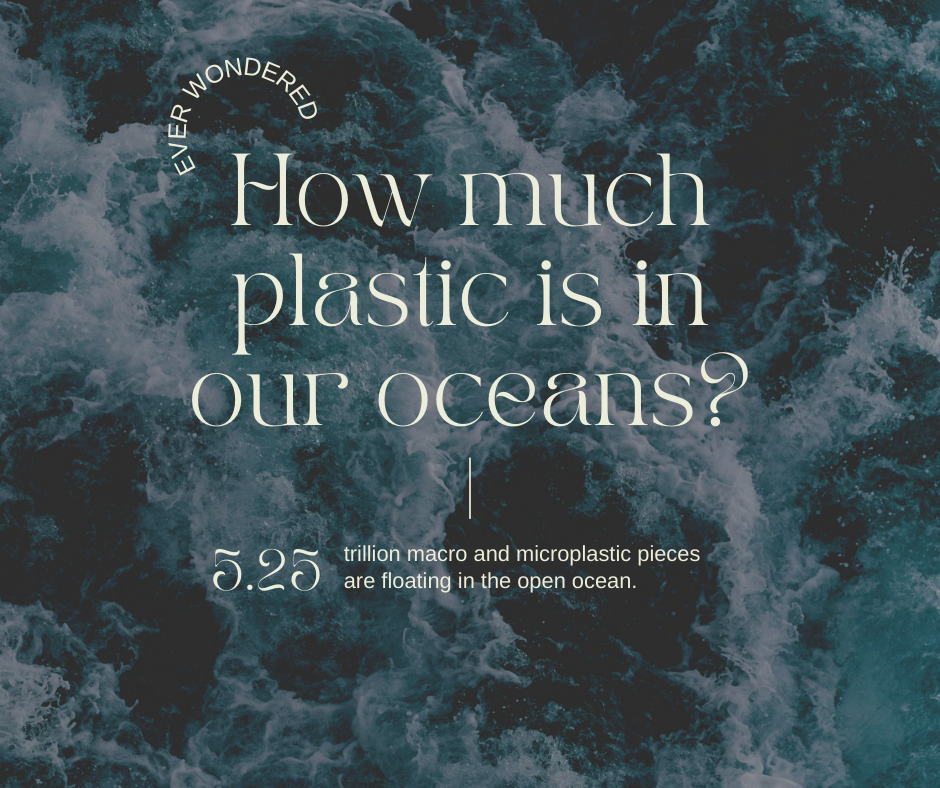
Momentarily present the subject of microplastics
what they are, the manner by which they are shaped, and their broad presence in the climate.
Importance: Why this issue is so significant, underscoring the natural and wellbeing concerns.
What Are Microplastics?
Definition: Microplastics are (plastic particles less than 5mm in measurement).
Sorts of Microplastics: There are two fundamental sorts:
Essential microplastics: Little plastics made that are utilized in beauty care products, cleaning items.
Optional microplastics: Bigger plastic things that separate into more modest pieces over the long haul as plastic containers, packs, and so forth.
Sources: Microplastics come from separated plastic waste, engineered strands from garments, individual consideration items, and so on.

How Microplastics Enter the Climate
Contamination Courses: Microplastics enter biological systems through water spill over, environmental affidavit, ill-advised garbage removal.
Ordinary Items: Normal family things that add to microplastic contamination like cleansers, engineered textures, cleaning items, beauty care products.
Squander The board: Insufficient waste administration frameworks raise the issue.
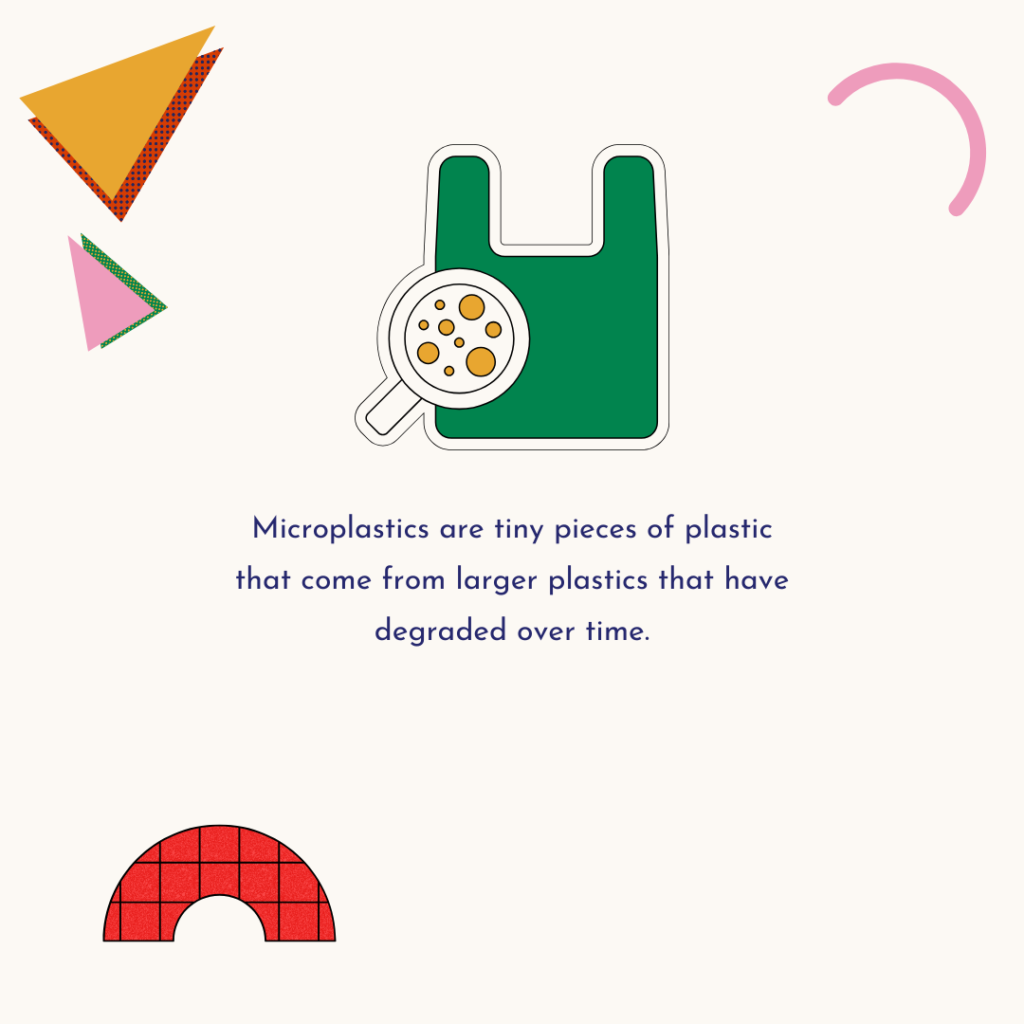
Ecological Effect of Microplastics
Untamed life: Microplastics influence marine life ingestion by fish, birds, and different creatures and earthly biological systems.
Environment Interruption: Microplastics upset pecking orders and biological system.
Long haul Ecological Impacts: The constancy of microplastics in the climate and their capability to collect over the long run.
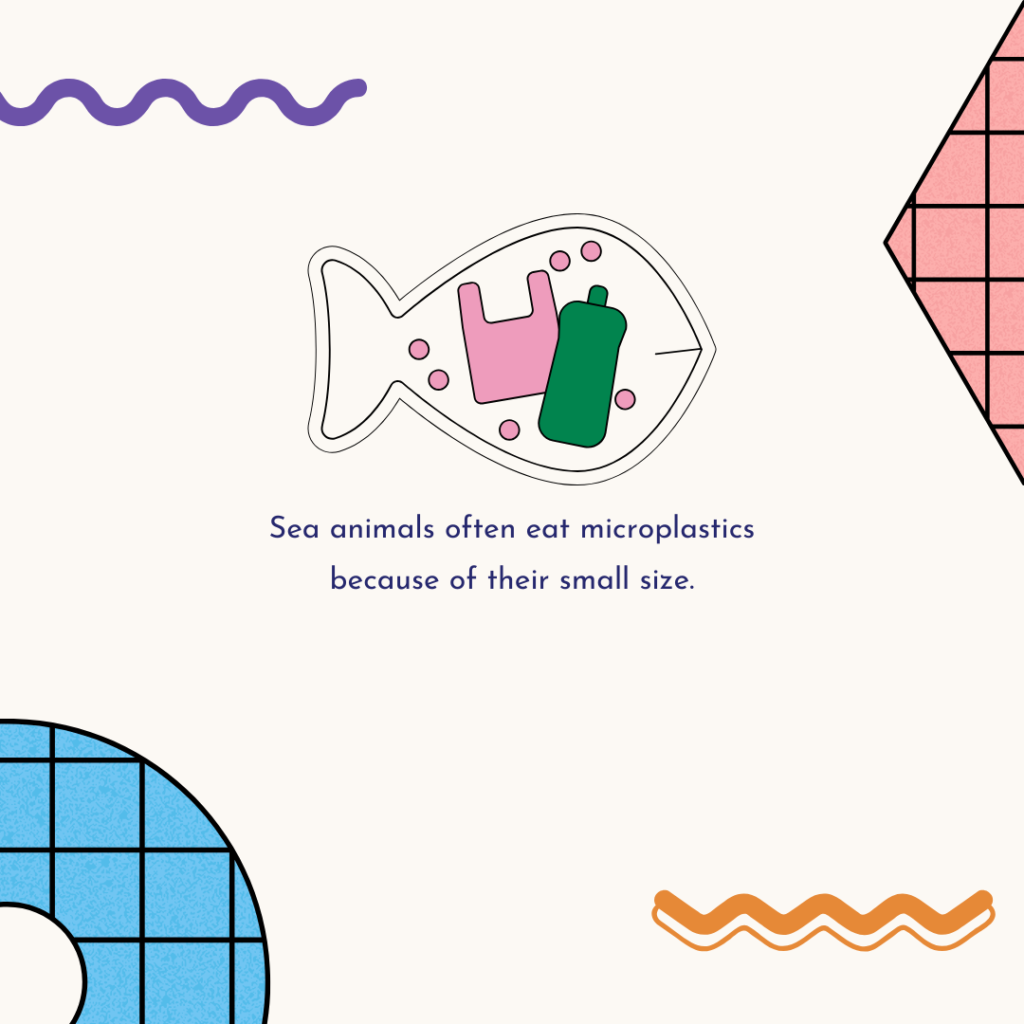
Human Wellbeing Suggestions
Ingestion and Inward breath: People are presented to microplastics through food, water, and air.
Likely Dangers: The potential wellbeing gambles, including compound openness, chemical disturbance, and the amassing of unsafe poisons in the body.
Research: Microplastics’ consequences for human wellbeing concentrates on ingestion of microplastics in fish.
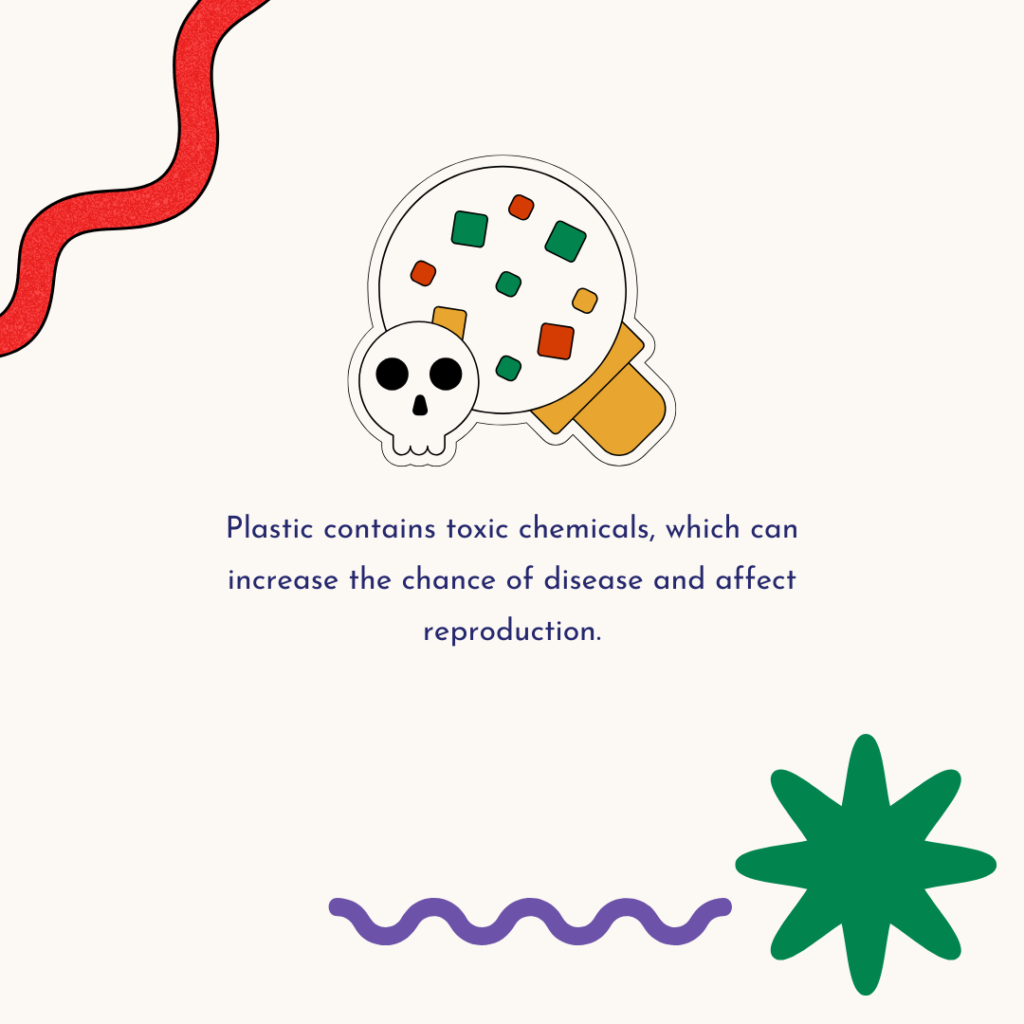
Current Endeavours to Address the Microplastic Issue
Government drives and guidelines restrictions on microbeads in beauty care products, plastic pack guidelines.
Mechanical Developments: New advancements and advancements, like plastic-eating microorganisms or filtration frameworks.
Public Mindfulness: The job of public missions and worldwide developments in bringing issues to light about plastic contamination.
Corporate Obligation: Organizations are answering by decreasing plastic creation and taking on economical practices.
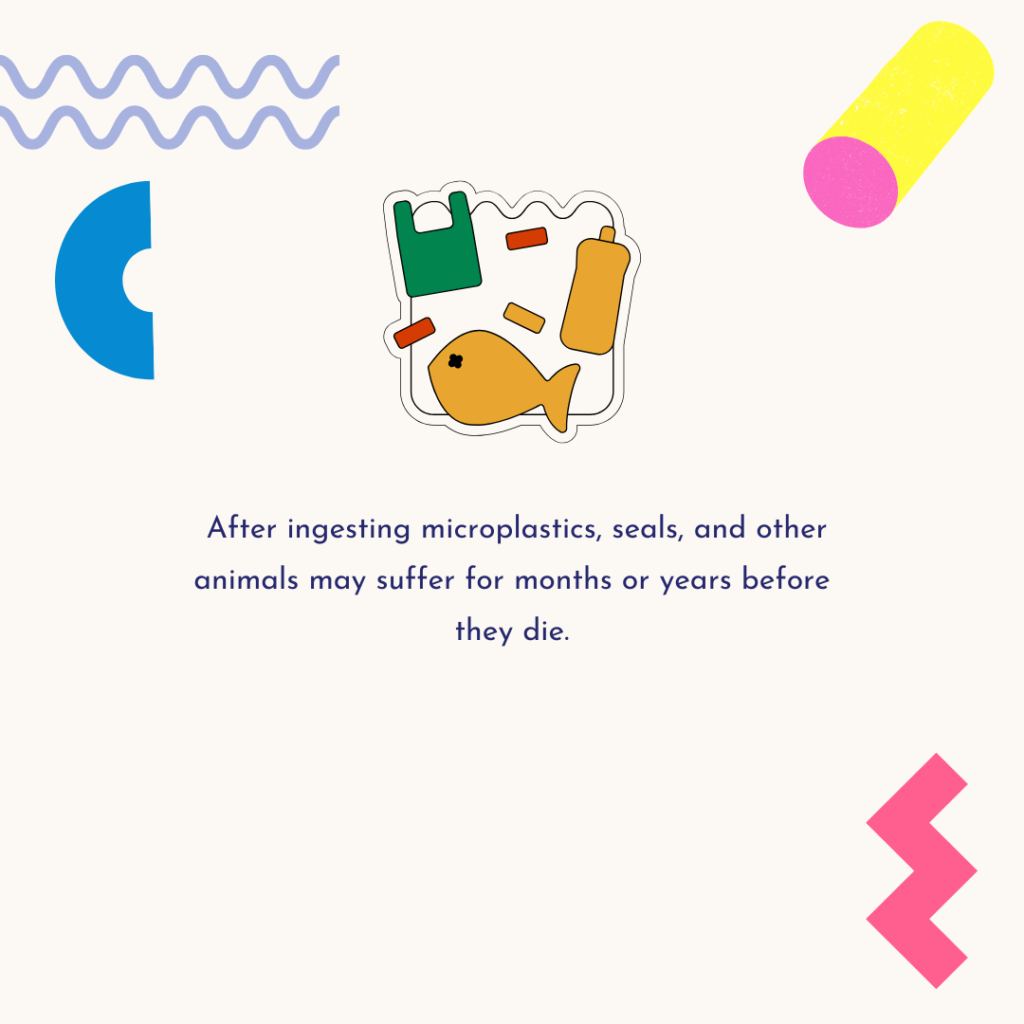
Arrangements and Ways Of alleviating the Microplastic Issue
Diminishing Plastic Use: Empower lessening single-use plastics and changing to elective materials.
Reusing and Squander The board: Further develop squander the executives frameworks and reusing innovations to keep plastics from entering the climate.
Buyer Obligation: Exhort people on how they can diminish their own commitment to microplastic contamination, utilizing normal strands and picking without plastic items.
Examination and Advancement: The requirement for continuous investigation into elective materials, better filtration frameworks, and new clean up innovations.
Joint effort: Stress the significance of worldwide participation in handling the worldwide plastic contamination emergency.
8. End
Synopsis of the Central issues: The seriousness of the microplastic issue, its ecological and wellbeing influences, and the requirement for activity.
Source of inspiration: Everybody ought to assume individual liability, support economical practices, and push for more grounded regulation to decrease plastic contamination.
Trust for What’s in store: At long last, the continuous endeavours and developments that are gradually having a constructive outcome.
Visuals: Consolidate diagrams, infographics, or pictures to assist with representing focuses about microplastic contamination, its sources, and its impacts on the climate and wellbeing.
Tone: Harmony among instructive and locking in. While it’s critical to convey the direness of the issue, introducing arrangements and expectation for change is likewise fundamental.

